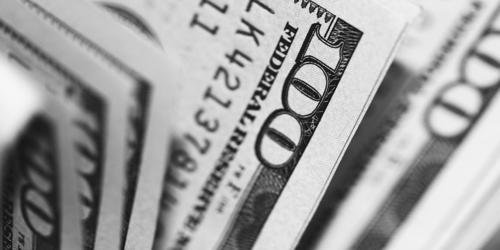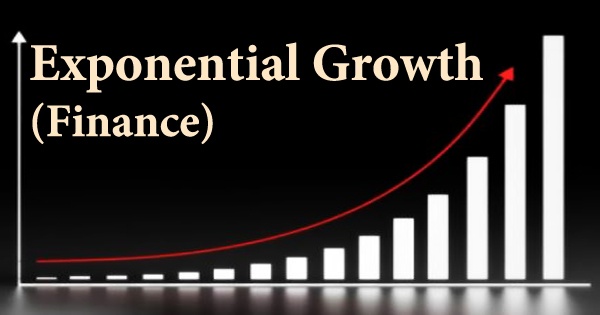In finance, a high-yield bond (non-investment-grade bond, or junk bond) is a bond that is rated below investment grade. These are bonds that pay higher interest rates because they have lower credit ratings than investment-grade bonds. These bonds have a higher risk of default or other adverse credit events but offer higher yields than better quality bonds in order to make them attractive to investors. They are more likely to default, so they must pay a higher yield than investment-grade bonds to compensate investors.
Risk
High-yield bonds offer investors higher interest rates and potentially higher long-run returns than investment-grade bonds but are far riskier. The holder of any debt is subject to interest rate risk and credit risk, inflationary risk, currency risk, duration risk, convexity risk, repayment of principal risk, streaming income risk, liquidity risk, default risk, maturity risk, reinvestment risk, market risk, political risk, and taxation adjustment risk. High-yield bonds carry lower credit ratings from the leading credit agencies. Interest rate risk refers to the risk of the market value of a bond changing due to changes in the structure or level of interest rates or credit spreads or risk premiums. It offers higher long-term returns than investment-grade bonds, better bankruptcy protections than stocks, and portfolio diversification benefits.
Credit rating agencies evaluate bond issuers and assign ratings. A credit rating agency attempts to describe the risk with a credit rating such as AAA. High-yield bonds face higher default rates and more volatility than investment-grade bonds, and they have more interest rate risk than stocks. Issuers are rated on their ability to pay interest and principal as scheduled. In North America, the five major agencies are Standard & Poor’s, Moody’s, Fitch Ratings, Dominion Bond Rating Service, and A.M. Best. Rating scales vary; the most popular scale uses ratings of AAA, AA, A, BBB, BB, B, CCC, CC, C, with the additional rating D for debt already in arrears. Government bonds and bonds issued by government-sponsored enterprises (GSEs) are often considered to be in a zero-risk category above AAA; and categories like AA and A may sometimes be split into finer subdivisions like “AA−” or “AA+”. Emerging market debt and convertible bonds are the main alternatives to high-yield bonds in the high-risk debt category.
Bonds rated BBB− and higher are called investment-grade bonds. Bonds rated lower than investment grade on their date of issue are called speculative-grade bonds, or colloquially as “junk” bonds. For the average investor, high-yield mutual funds and ETFs are the best ways to invest in junk bonds.
High yield bonds may offer investors a number of potential benefits, coupled with specific risks. The lower-rated debt typically offers a higher yield, making speculative bonds attractive investment vehicles for certain types of portfolios and strategies. As a result, the issuer will generally offer a higher yield than a similar bond of a higher credit rating and, typically, a higher coupon rate to entice investors to take on the added risk. Many pension funds and other investors, however, are prohibited in their by-laws from investing in bonds that have ratings below a particular level. As a result, the lower-rated securities have a different investor base than investment-grade bonds.
















